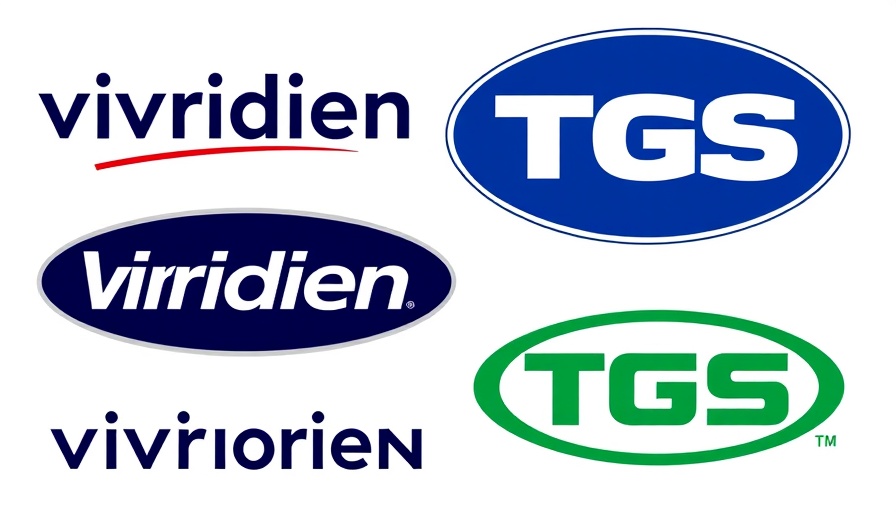
The Laconia Phase III Survey: A Game Changer for Gulf Exploration
The recent completion of the Laconia Phase III ultra-long offset ocean bottom node (OBN) survey by TGS and Viridien marks a pivotal development in the offshore oil and gas exploration landscape in the Gulf of America. This comprehensive survey spans 151 OCS blocks, dramatically extending the current low-frequency OBN capabilities in the Paleogene trend, effectively enhancing seismic data and subsurface imaging in this complex geological region.
Transforming Subsalt Exploration
The Laconia III survey's strategic coverage includes the Kaskida field, which has been under review by bp since its discovery in 2006. With bp recently approving the development of its sixth operated hub over Kaskida, the focus on this region's potential has intensified. The incorporation of TGS’s advanced ZXPLR nodes and the Sercel Tuned Pulse Source (TPS) technology promises to yield sharper subsalt imaging. This is crucial for energy companies seeking to navigate the intricate subsurface formations that characterize the Gulf of America.
Enhanced Imaging Technology and Industry Impact
Viridien's contribution to this project involves state-of-the-art elastic full-waveform inversion (E-FWI) techniques, aimed at achieving clearer structural definitions below the salt layers. According to David Hajovsky, EVP at TGS, this project is designed not only to enhance imaging but also to optimize near-term exploration efforts in this vital Paleogene play. Operators can expect improved velocity models and fault imaging, which are essential for making informed decisions about their exploration strategies.
Connecting Historical Insights to Future Prospects
The advancements made in this phase of the Laconia program represent a historical shift in how operators approach Gulf exploration. Previously, inadequate subsurfacing models hindered prospecting in such complicated geological settings. Now, with TGS and Viridien at the helm, the projection is clear — a more confident unlocking of opportunities in subsalt plays as these technologies are deployed in the field.
Why This Matters to Energy Stakeholders
For industry stakeholders, this announcement embodies a significant opportunity to capitalize on previously overlooked areas. The anticipated early-out products available at the end of October align perfectly with the upcoming offshore lease sale in December, offering timely data that could lead to accelerated exploration ventures. As Dechun Lin, EVP at Viridien, notes, this collaboration sets a new standard for subsalt imaging and illustrates an agile response within an ever-evolving energy landscape.
Conclusion and Call to Action
With the completion of the Laconia Phase III survey, stakeholders in the energy sector are urged to remain proactive about leveraging these advancements. This could be the moment to reevaluate exploration strategies and invest in the future of Gulf energy production. Look out for early data products this fall and prepare to engage with the emerging opportunities on the horizon.
 Add Row
Add Row  Add
Add 




Write A Comment